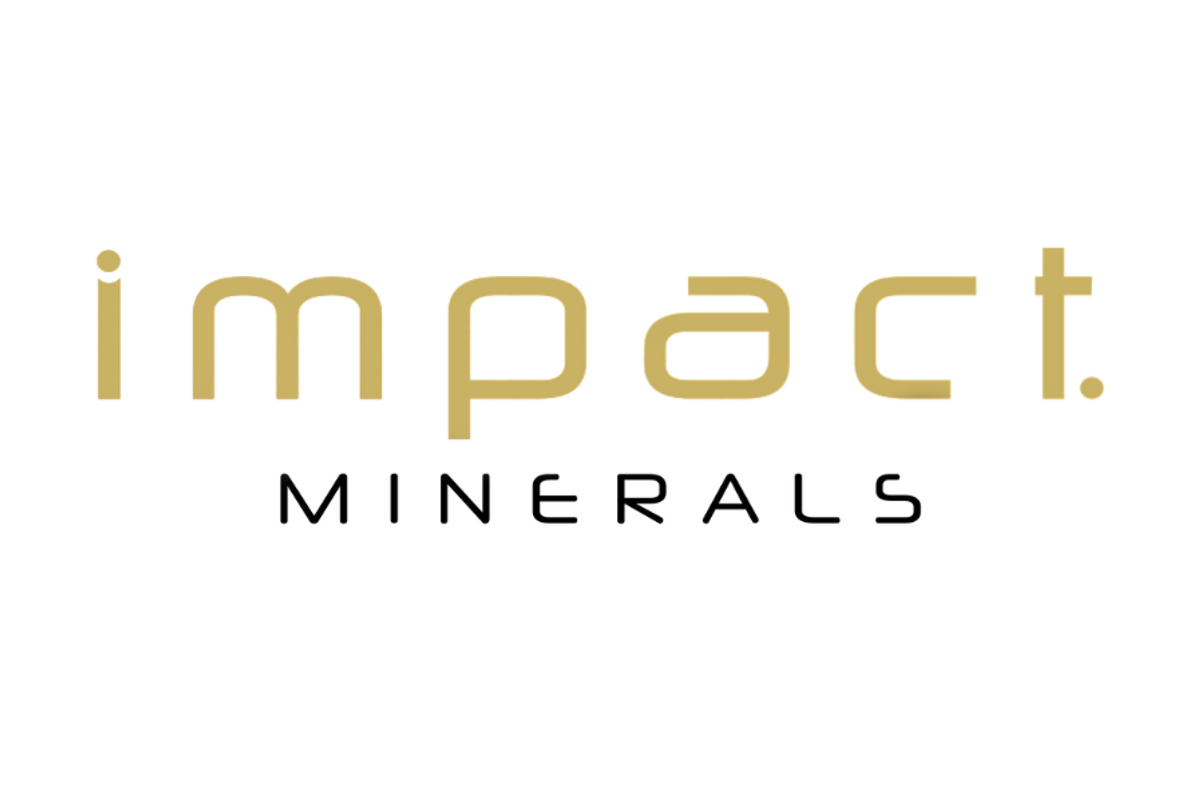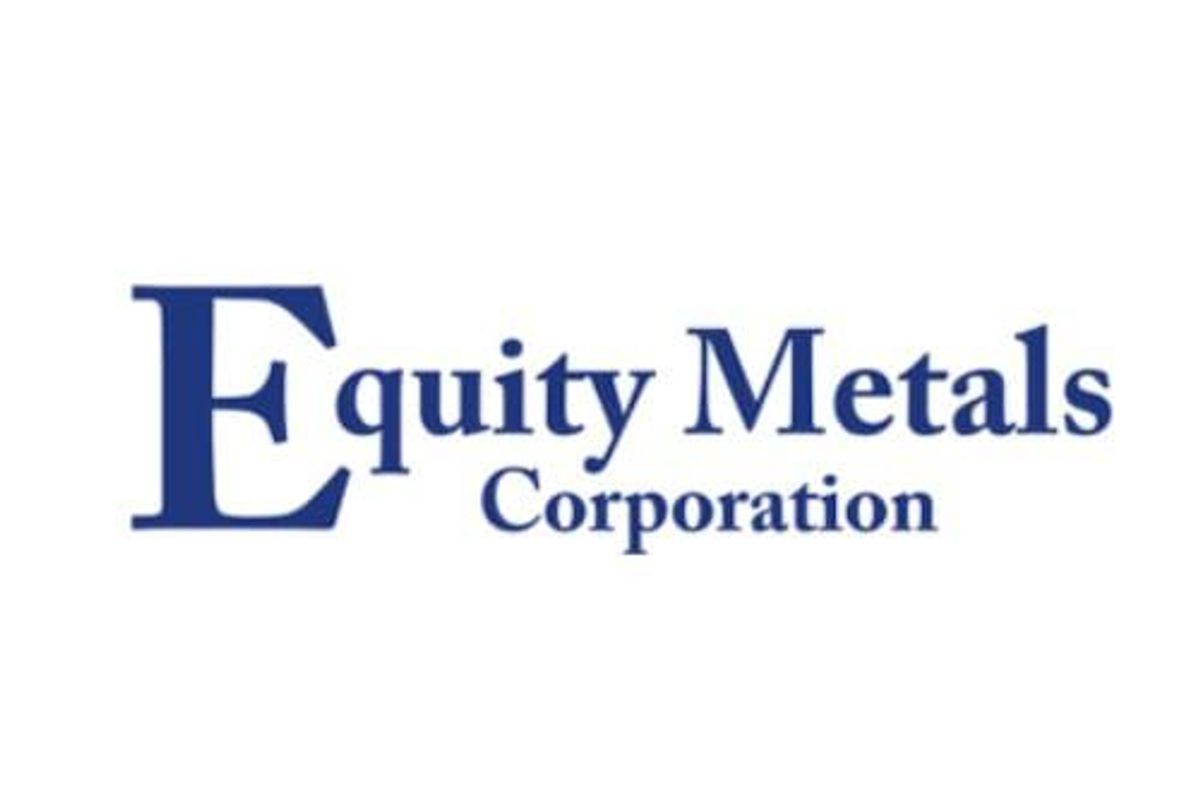
June 04, 2024
Impact Minerals Limited (ASX:IPT) is pleased to announce that it has raised $724,996.20 from the exercise of its listed options IPTOB that expired on June 2nd 2024. These funds, in addition to the recently completed $3 million placement, will significantly bolster the company’s financial position, ensuring that Impact is fully funded to complete the Pre-Feasibility Study on the Lake Hope High Purity Alumina Project as well as continuing exploration of its other projects (ASX Release May 17th 2024).
Impact’s Managing Director, Dr Mike Jones, said, “Following our recent $3 million placement, which saw substantial participation from major shareholders, we are delighted with the response from our smaller shareholders, over 200 of whom exercised their options in the past month to raise a further $725,000. I believe this underscores the collective strength and commitment of Impact’s shareholders and we appreciate the trust and confidence in our vision as we push forward with the development of the Lake Hope High Purity Alumina project.
This extra funding will also allow us to pursue exploration at the Arkun Strategic and Battery Metals project where we were recently awarded $180,000 in co-funding through the Western Australian Government’s Exploration Incentive Scheme for drilling at the Caligula copper prospect. We are looking to drill there towards the end of the year at the same time as completing the pre-feasibility study on Lake Hope and so shareholders can look forward to strong newsflow in the coming months”.
Click here for the full ASX Release
This article includes content from Impact Minerals, licensed for the purpose of publishing on Investing News Australia. This article does not constitute financial product advice. It is your responsibility to perform proper due diligence before acting upon any information provided here. Please refer to our full disclaimer here.
IPT:AU
The Conversation (0)
22 October 2024
Impact Minerals Limited
Developing the lowest-cost HPA project in Australia
Developing the lowest-cost HPA project in Australia Keep Reading...
27 March 2025
Successful Completion of the Renounceable Rights Issue
Impact Minerals Limited (IPT:AU) has announced Successful Completion of the Renounceable Rights IssueDownload the PDF here. Keep Reading...
19 March 2025
Renounceable Rights Issue Closing Date
Impact Minerals Limited (IPT:AU) has announced Renounceable Rights Issue Closing DateDownload the PDF here. Keep Reading...
13 March 2025
Major drill targets identified at the Caligula Prospect
Impact Minerals Limited (IPT:AU) has announced Major drill targets identified at the Caligula ProspectDownload the PDF here. Keep Reading...
09 March 2025
NFM: Sale of Broken Hill East Project to Impact Minerals
Impact Minerals Limited (IPT:AU) has announced NFM: Sale of Broken Hill East Project to Impact MineralsDownload the PDF here. Keep Reading...
04 March 2025
Update on the Renounceable Rights Issue to raise $5.2M
Impact Minerals Limited (IPT:AU) has announced Update on the Renounceable Rights Issue to raise $5.2MDownload the PDF here. Keep Reading...
8h
Aurum advances Boundiali development with 3 ML Applications
Aurum Resources (AUE:AU) has announced Aurum advances Boundiali development with 3 ML ApplicationsDownload the PDF here. Keep Reading...
20h
Peruvian Metals Full Capacity Throughput at Aguila Norte Processing Plant in 2025 and Focuses on Silver and Gold for 2026
Peruvian Metals Corp (TSXV: PER,OTC:DUVNF) (OTC Pink: DUVNF) ("Peruvian Metals" or the "Company") is pleased to announce production results for 2025 at its 80-per-cent-owned Aguila Norte processing plant ("Aguila Norte" or the "Plant") located in Northern Peru. The Company is also pleased to... Keep Reading...
04 January
Ongoing Drilling Continues to Return Broad Gold Intercepts
Asara Resources (AS1:AU) has announced Ongoing drilling continues to return broad gold interceptsDownload the PDF here. Keep Reading...
31 December 2025
Utah’s Antimony Resource: A Strategic Investment Play in Critical Minerals
Utah may be best known for its copper and gold legacy, but hidden beneath its rugged terrain lies one of the most overlooked critical mineral opportunities in the US: antimony. With global supply heavily concentrated in China and export restrictions tightening, Utah’s underexplored antimony... Keep Reading...
Latest News
Interactive Chart
Latest Press Releases
Related News
TOP STOCKS
American Battery4.030.24
Aion Therapeutic0.10-0.01
Cybin Corp2.140.00







